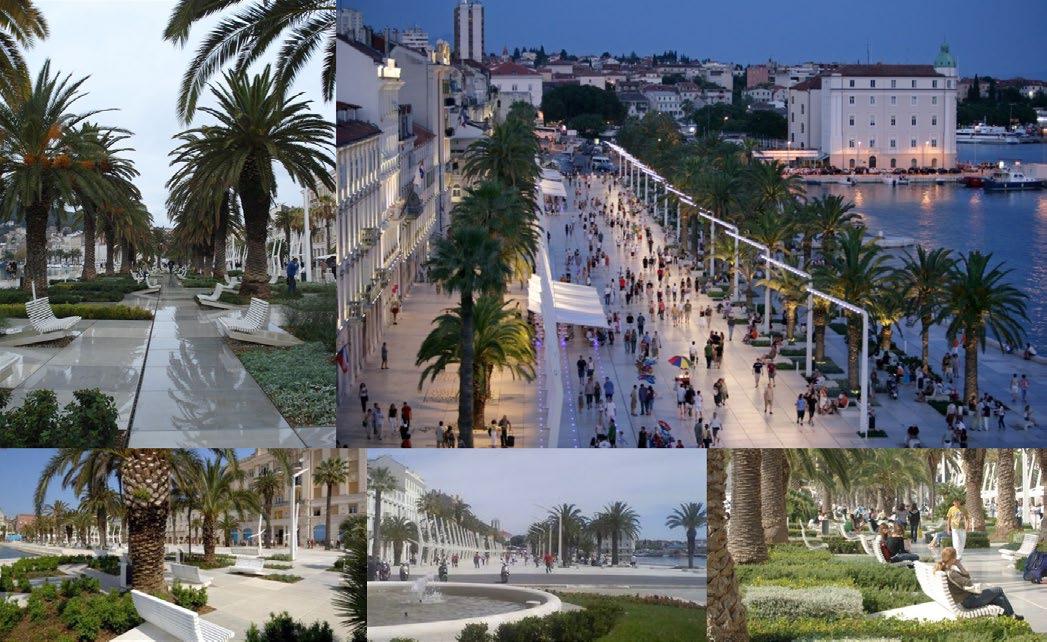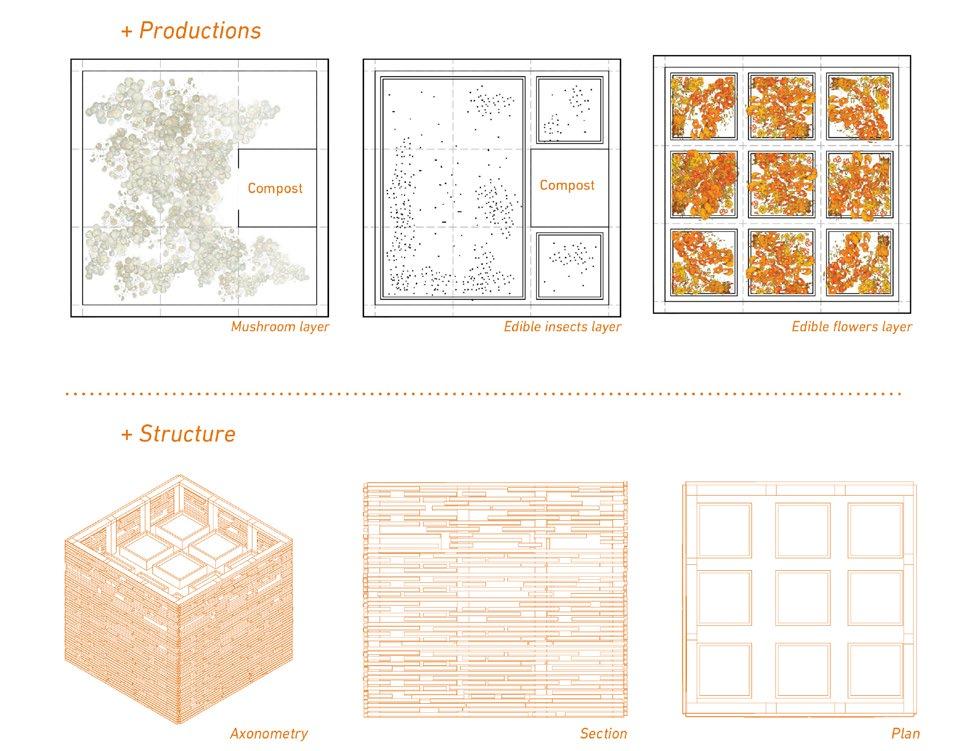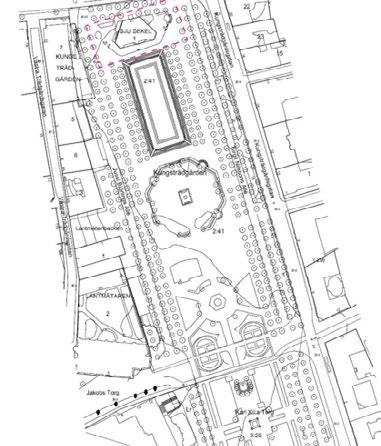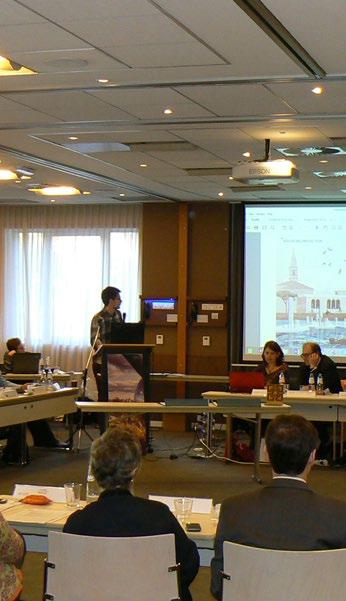
2 minute read
Croatia A land ofthousands oflandscapes
Re-thinking the Urban Landscape in Croatia doesn’t imply a comprehensive planning process of city regeneration. Croatia`s largest cities are Zagreb, Rijeka, Spilt and Osijek. Croatia is a beautiful country in which every region is characterised by different urban landscapes whose creation was influenced by geography, historical background, economic circumstances and tourism.
A land of thousands of landscapes
Advertisement
Zagreb, 790,000 inhabitants, ©Roberto Taddia
BARBARA KLEMAR IFLA EUROPE DELEGATE
Rijeka, 128,000 inhabitants, © lukw
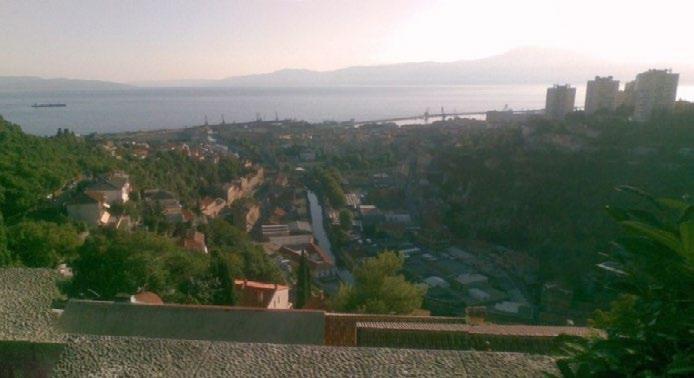
As we cannot present projects promoting green infrastructure or innovative living solutions, we tried to give a short overview on how the process of re-thinking urban landscape is put in place through a few urban interventions/transformations which are successful and enjoyable.
Croatia’s capital, the City of Zagreb, has a famous U-shaped system of city squares with parks in downtown called the Lenuci Horseshoe. In the last decade, the Eastern Parkway of the Horseshoe is regularly seasonally transformed in different ways to bust up the city’s touristic identity.
Lenuci Horseshoe, Zagreb, © Barbara Klemar A different example from the same city – The Art Park is an example of how the citizens – different Civil Society groups can take over and re-think a public space forgotten by the local authorities.
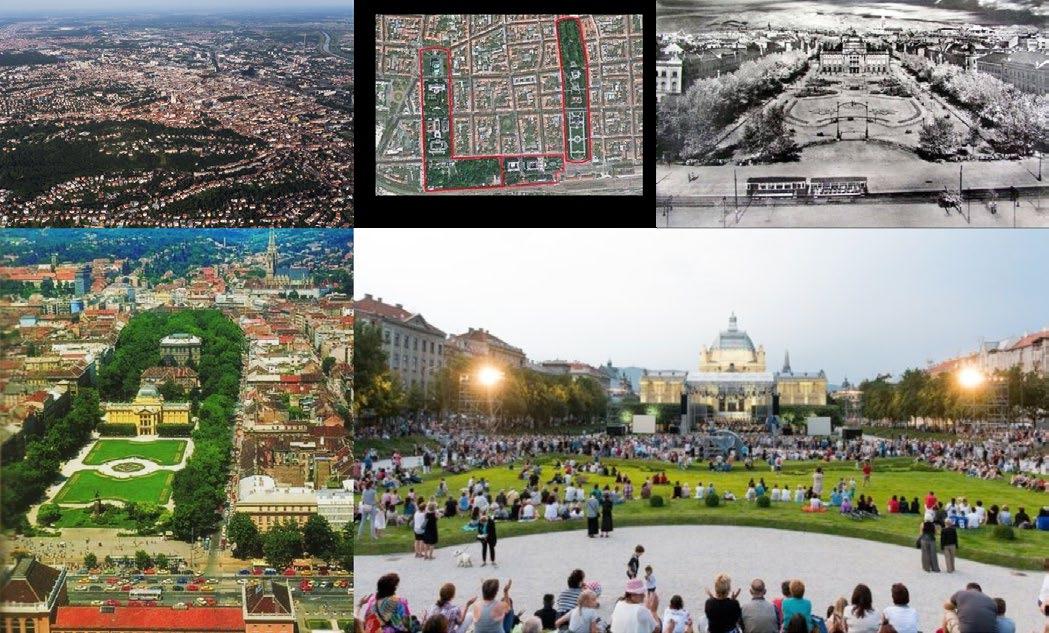
An old, unnamed park in the heart of the city, brought to life by local artists and youth groups, Zagreb, © Barbara Klemar
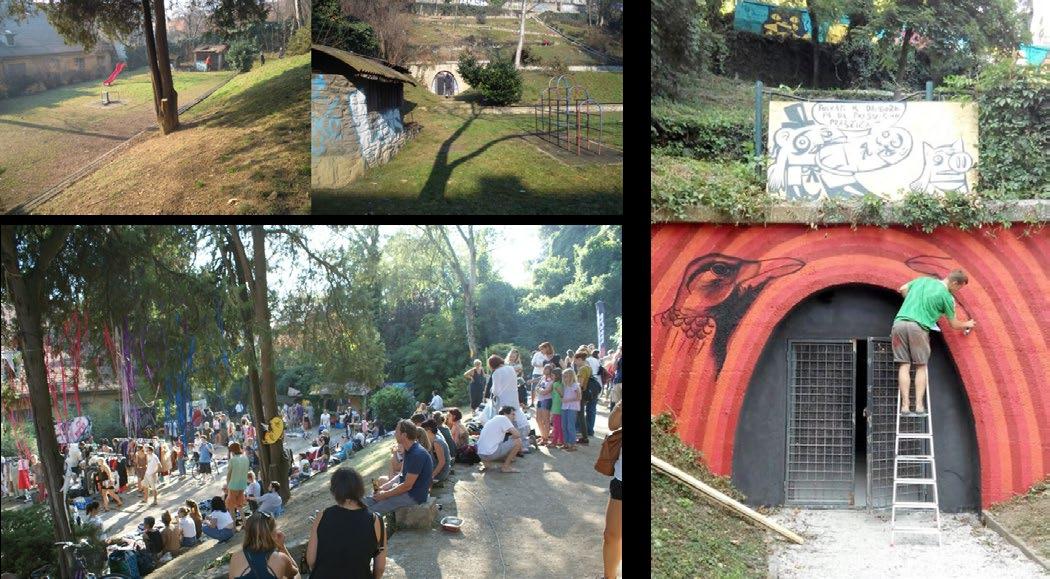
New life, new name – The Art Park, © Barbara Klemar The example of the city of Zadar and its waterfront which underwent great and world famous transformations in the last twenty years is definitely a noteworthy example of rethinking and transforming urban landscape.
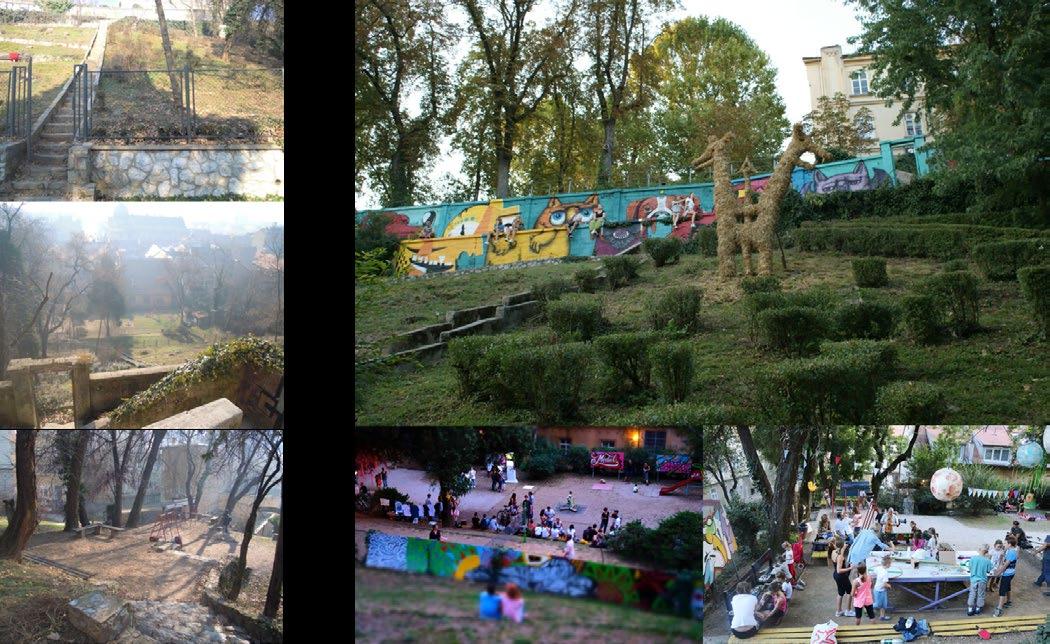
Zadar Waterfront, the sea organ and the Zadar Forum Park, © Barbara Klemar
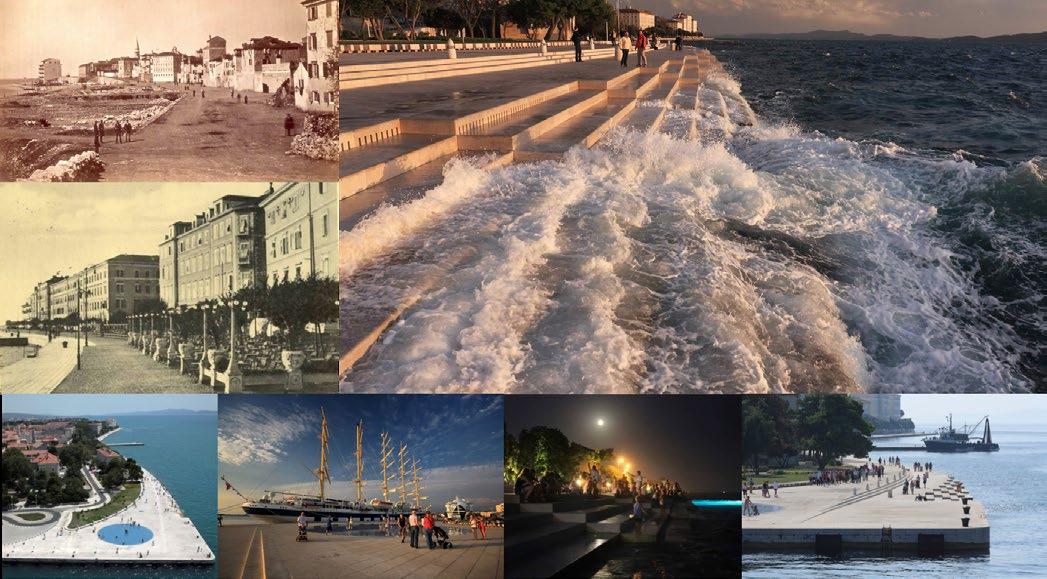
The Waterfront of the city of Split – the Riva is 1700 years old urbanised settlement, and the public space in front of the Diocletian’s Palace underwent many transformations in its life. It is the city’s main public square, a multi-functional space for social events, festivals and celebrations. Today it is 250 meters long and 55 meters wide and a Landscape Architect was actively involved in its design.
Waterfront at the City of Split, © Barbara Klemar
